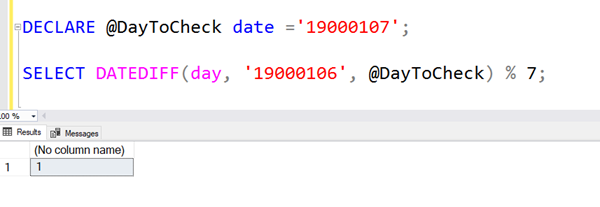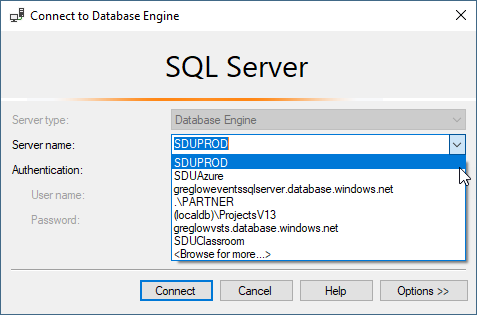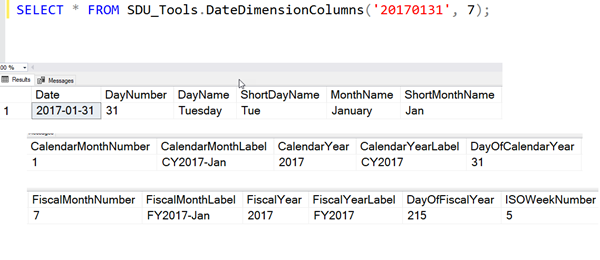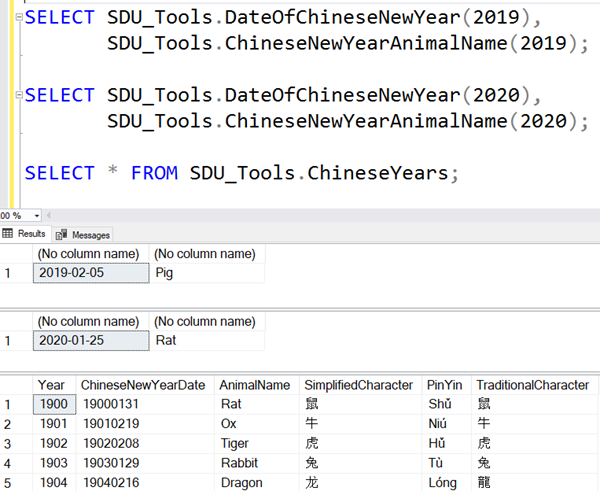
SDU Tools: Time Period Dimension Columns in T-SQL
In a previous SDU Tools post, I described how to calculate the columns required for a date dimension. Another related tool that we have in our free SDU Tools for developers and DBAs, is a function that creates the columns needed for a time period dimension. It’s called TimePeriodDimensionColumns.
You supply the starting time, and the number of minutes per time period, and it supplies the output columns.
You can see it in action in the main image above, and in this video:
2019-02-20







